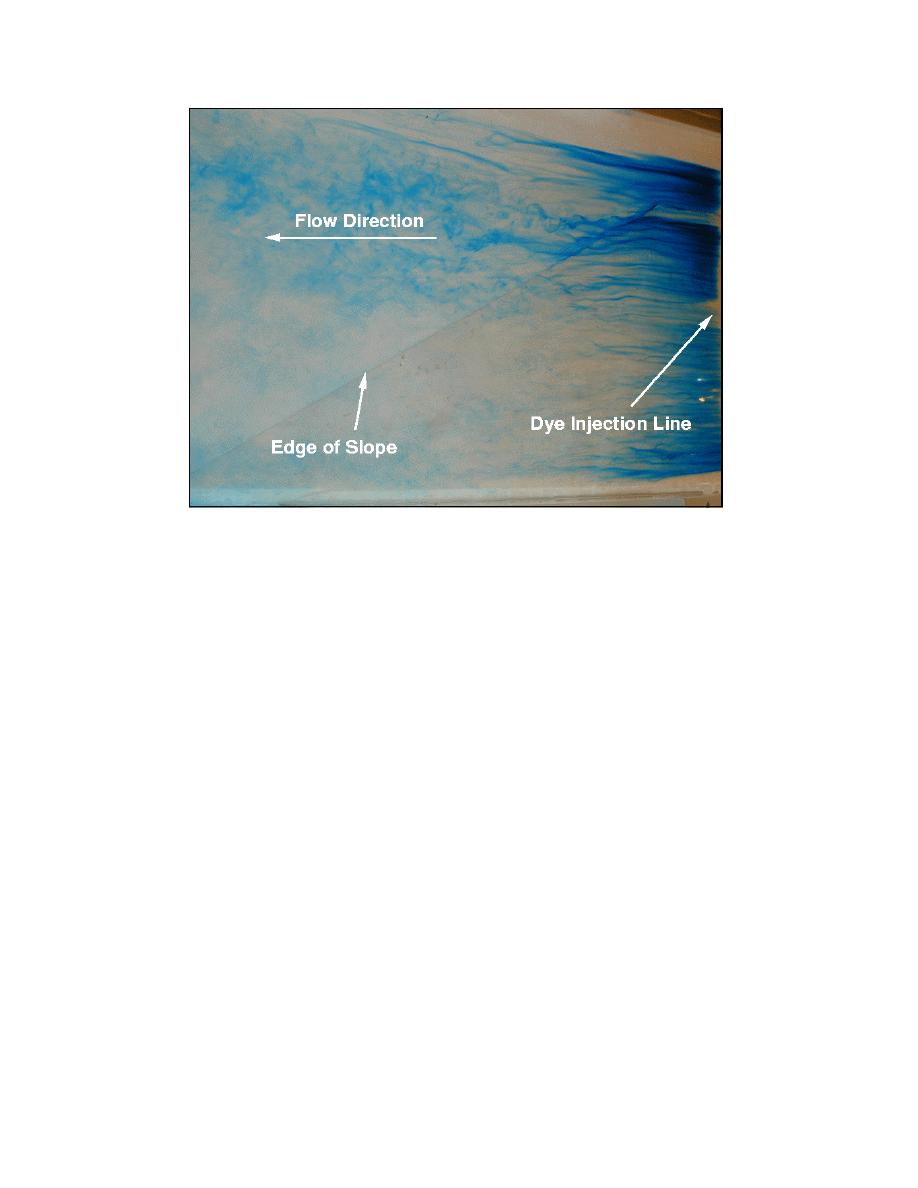
Figure 57. Photograph of flow entering dredged region over sloping transition
Conclusions from Dredge Transition Experiments
Tidal flow leaving the harbor across a vertical transition is redirected
seaward closer to shore where the transition step is highest. The redirected
velocity increased somewhat (up to 13 cm/sec 5.1 in./sec)), and this might even
promote a scouring effect near the vertical cut. Flow leaving the harbor over a
sloping transition remained straight and mostly uniform with magnitudes on the
order of 11 cm/sec (4.3 in./sec). Neither transition should cause an increase of
suspended sediment deposition potential because flow velocities remain
reasonably high over the transition.
Tidal flow entering the harbor across a vertical transition creates a turbulent wake
region that has suspended sediment deposition potential in the immediate area
downstream of the step. In addition, fluid is advected laterally along the vertical cut
which would move sediment shoreward toward the mooring area. Replacing the vertical
transition with a sloping transition significantly reduced the turbulent wake resulting in
smoother flow patterns and less likelihood of sediment deposition.
73
Chapter 6 Impact of Dredging Planform



 Previous Page
Previous Page
